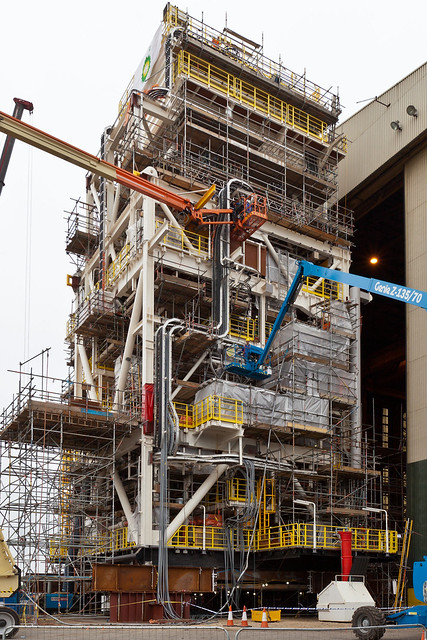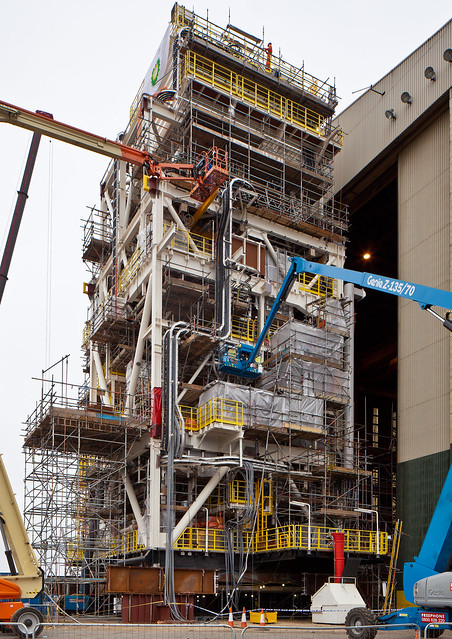Posting here, because this post perhaps relates more to panoramas and correction than lenses . . .
I'm looking at purchasing the Canon TS-E 24mm II for street and travel photography--not an exclusive lens, but one for photographing buildings and interiors. I haven't been too happy with perspective correction in Photoshop.
Perhaps I'm shooting wide enough that by the time I process the image, it's not close to my visualized result. Perhaps it's because some of the images look corrected to me.
(I'm using ACR lens correction, lens correction filter, or crop with the perspective option, depending on need.)
I'm familiar with techniques for minimizing converging verticals: Level, and where possible, shoot from a distance, or from a higher location. I'm also familiar with the benefits of tilting, and the increased workflow for capture using a tilt-shift lens.
I also understand how a tilt-shift lens can be used for panoramas (not my question today), and know that the 24mm TS-E II would meet my needs, slightly more so than the 17mm.
QUESTION: Can I achieve the same quality results using a panorama head and a super-wide or fish-eye lens and correcting verticals, INSTEAD of a tilt-shift lens? Obviously I could squeeze in more pixels using a panorama, but should I expect to achieve a realistic correction of converged verticals in a panorama, vs a tilt and shift lens?
Trying to get opinions from those who have experience with tilt-shift lenses, panoramas, or both.
I currently have a 5D Mark III and 7D, the 16-35mm II and the 8-15mm Fisheye, panorama head, PT Gui and PS CS5. Wondering if I need to improve my technique, go for the 24mm TS-E, or both!



 Reply With Quote
Reply With Quote




 We have distortion charts here at TDP. Here's a
We have distortion charts here at TDP. Here's a 